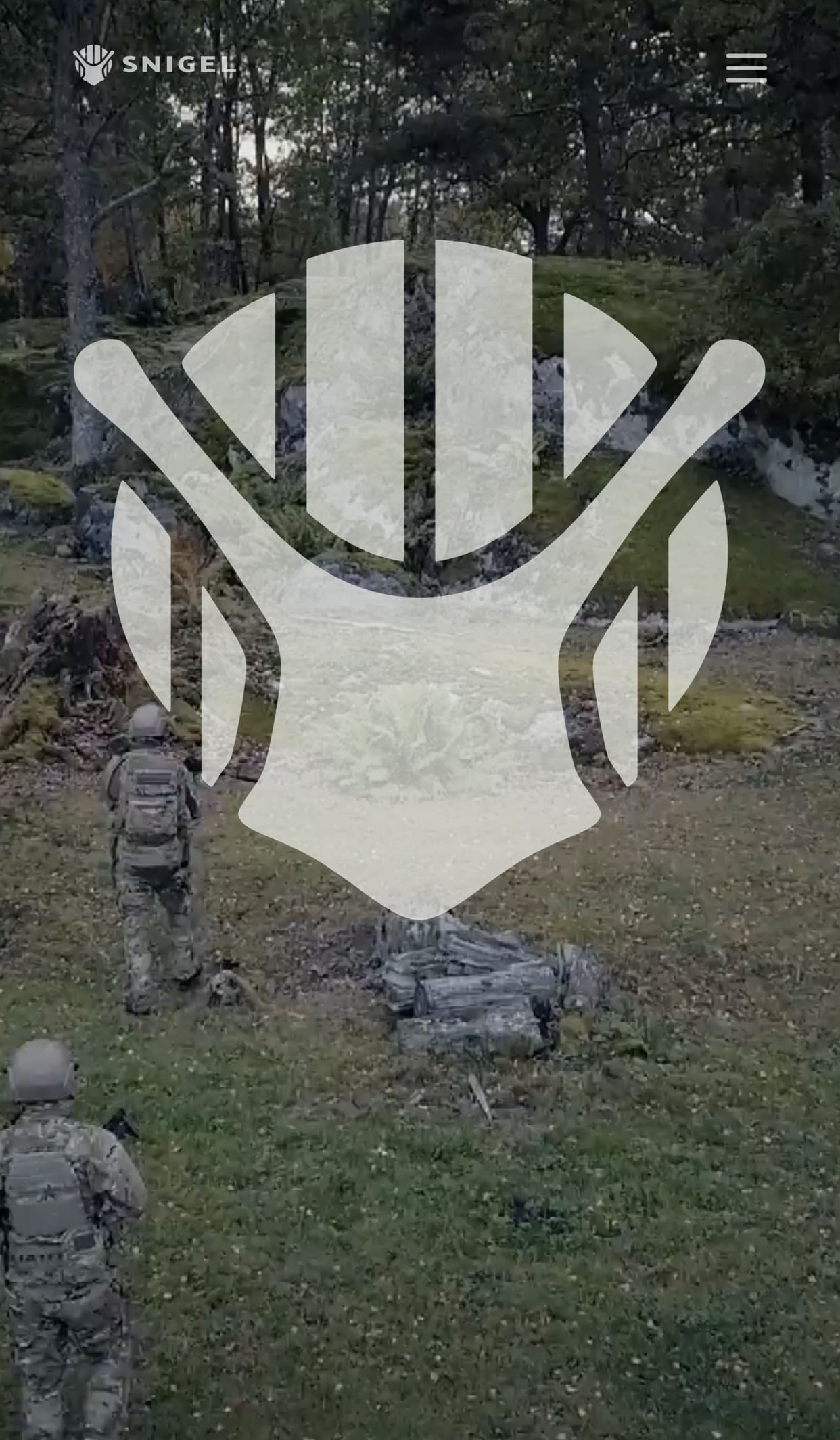
After 30 years, Sweden’s Snigel Design is rebranding. How do you think it compares to the old logo?

ADELPHI, Md. — When faced with battlefield threats, American Soldiers depend more than ever on body armor to protect them. To adapt to the evolving dangers of getting shot, the Army created a flagship program dedicated to protection technologies.
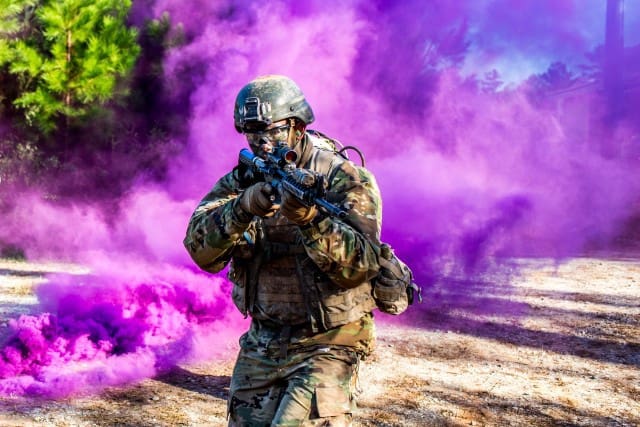
At the U.S. Army Combat Capabilities Development Command’s Army Research Laboratory, leaders designated 10 research programs as essential. Soldier protection made the list.
“The United States fields the best body armor in the world, but near-peer adversaries have threats designed to defeat body armor,” said Dr. Christopher Hoppel, Physics of Soldier Protection to Defeat Evolving Threats program manager.
This essential research program, or ERP, directly supports an important modernization priority for the Army, Soldier Lethality. Soldier lethality spans all fundamentals: shooting, moving and communicating, protecting, sustaining and training, according to Army officials.
“We are working on the technologies to provide Soldiers with protection from those future threats while not placing any additional burdens on the Soldier.”
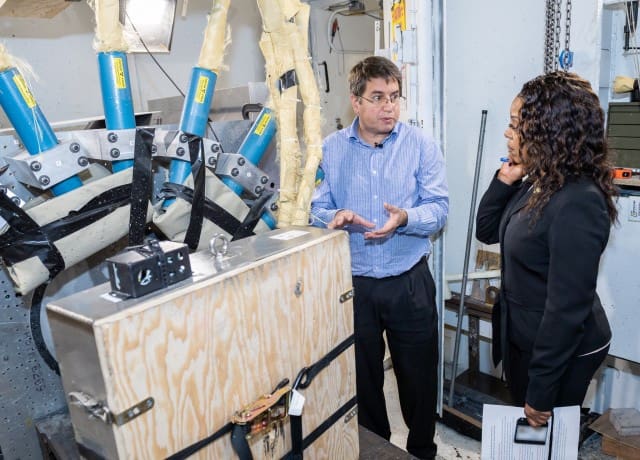
Army scientists and engineers aim to discover, innovate and transition effective yet lightweight body armor to defend Soldiers from next-generation ballistic threats — without restricting movements or increasing load.
The program has three research thrusts: terminal ballistics, armor materials and computational mechanics. In each of these areas, Army scientists partner with experts in the Department of Defense and the Department of Energy, as well as industry and academia, to bring in additional knowledge and identify the most promising technologies in the field.
Working together, the researchers plan to improve Soldier protection technology using multiple approaches.
“In the short term, we are working to develop and demonstrate ballistic mechanisms to defeat small arms threats in a compact armor package,” Hoppel said. “At the same time, we are developing new ceramic composite materials technologies to minimize the weight and bulk of the armor.”
Testing is already underway with advanced ceramic blends such as synthetic diamond, along with novel manufacturing methods to provide higher toughness and lower density. Researchers are also investigating ultra-high molecular weight polyethylene composite materials that may absorb the kinetic energy of the oncoming bullets.
So far, the team has seen considerable success with its comprehensive systems-engineering approach. Last year, Army scientists examined the design methodology and the requirements for behind armor blunt trauma, which address the energy transmitted to the body during a non-penetrating impact.
Working together with the CCDC Data & Analysis Center, researchers made a significant adjustment to the behind-armor-criteria that reduced the weight of the armor by up to 20 percent. Then-Vice Chief of Staff of the Army General James McConville, approved the change last June as part of the Vital Torso Protection program.
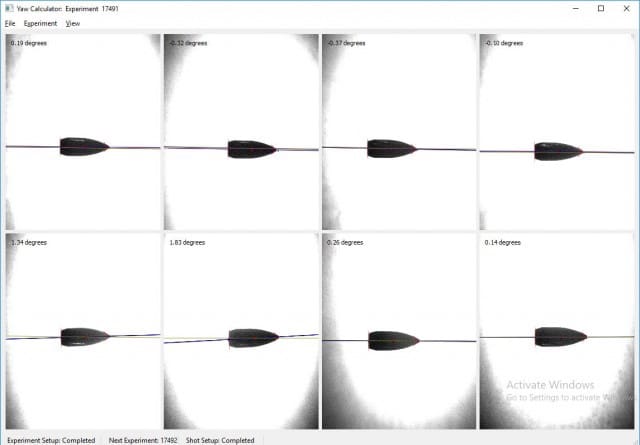
For the long term, Army scientists plan to create computational tools to help them design armor for any ballistic threat.
“We are developing improved models to capture the full system response, including the fracture and failure of these materials under high pressures and loading rates and behavior of the material interfaces,” Hoppel said. “In these efforts, we are using the Army’s high performance computing centers to model how the projectiles and armors respond under high rates of loading.”
Scientists and engineers in the program partner with industry and academia through the Army’s collaborative research alliance known as MEDE, Materials in Extreme, Dynamic Environments. The alliance is led by Johns Hopkins University and includes a consortium of universities and industry partners seeking to understand the effects of material microstructure on the response to ballistic loading conditions.
Army scientists are also working together with the Dynamic Compression Sector at Argonne National Laboratory to conduct controlled experiments designed to calibrate and validate computational models for large-scale impact and penetration problems.
By partnering with leaders in the field, the researchers believe their collective efforts will strengthen their push for better protection technologies.
“We have gained a good understanding of the operative mechanisms in these emerging threats, and that knowledge illuminates paths forward to defeat the threats efficiently and robustly,” Hoppel said. “This will enable us to push the boundaries of armor design, creating much more effective protection for the Soldier.”
This story is the first in a multipart podcast series, What We Learned Today, highlighting the mission behind each of lab’s essential research programs. This series will provide coverage on the goals guiding the structure of these programs and the managers who lead them.
Story by U.S. Army CCDC Army Research Laboratory Public Affairs
Photos by Patrick Albright & Neil Adams
Get 20% off all in-stock products!

Offer runs through 11:59PM ET 2/18/20. Limited to in-stock items only, other restrictions may apply.
White Plains, NY – February 13, 2020
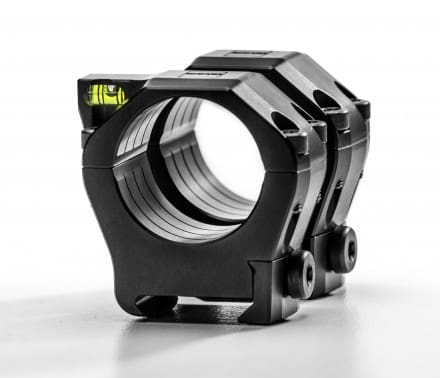
ZEISS announces the addition of six new sets of rings to the trusted and field-proven series of ZEISS Precision Rings that were introduced early in 2019. ZEISS raises the bar by offering features like an integral anti-cant bubble level, integral recoil lug, and unique designs that incorporate specialized machining and finishing processes to prevent scope marring as well as more functional aspects other mounting options just don’t offer. The new options include two additional 30 mm ring heights as well as four 34 mm variants. There are 11 different ZEISS Precision Ring options to select from, in 30 mm, 34 mm, and 36 mm diameters, and are now available at authorized ZEISS retailers.
ZEISS follows their mantra of “Confidence in the Toughest Conditions” more than ever with ZEISS Precision Rings. They are manufactured to the highest of standards from premium materials and tight tolerances for long-term security and heavy-duty field applications. A refined design boasts low-profile, non-snagging hardware and micro-radiused machining on all leading edges, where scope contact is made, to ensure that these rings don’t mar the scope’s finish. The manufacturing and construction from ultra-durable 7075-T6 aluminum results in a Mil-Spec grade and STANAG compliant mounting solution for precise, accurate and repeatable shots on target.
“The ZEISS scope ring lineup is designed to the same high standard as the rest of our products for 2020,” said Kyle Brown, Director of Marketing/Product – ZEISS Consumer Products for Carl Zeiss SBE, LLC. “These precision rings are constructed to secure the highest quality scopes on the market and deliver the high-performance results expected by ZEISS customers. Immediately upon inspection, it’s obvious that they’re different. We made exceptional mechanical and design enhancements to the typical 1913 Mil-Spec scope rings available today. Having confidence in your equipment is what ultimately leads to a great first-shot-on-target down-range and these rings do just that.”
ZEISS Precision Rings follow a smarter, sleeker, and ultra-lightweight ring design for all heavy-duty hunting and shooting applications.
To learn more about the features and benefits of ZEISS Precision Rings, please visit: www.zeiss.com/sports-optics/en_us/hunting/riflescopes/precision-rings

Our President’s Day SALE has kicked off. Use Coupon Code MERICA2020 for 20% OFF through 2/18.

SAFRAN Optics1 has launched an updated website with loads of new features.
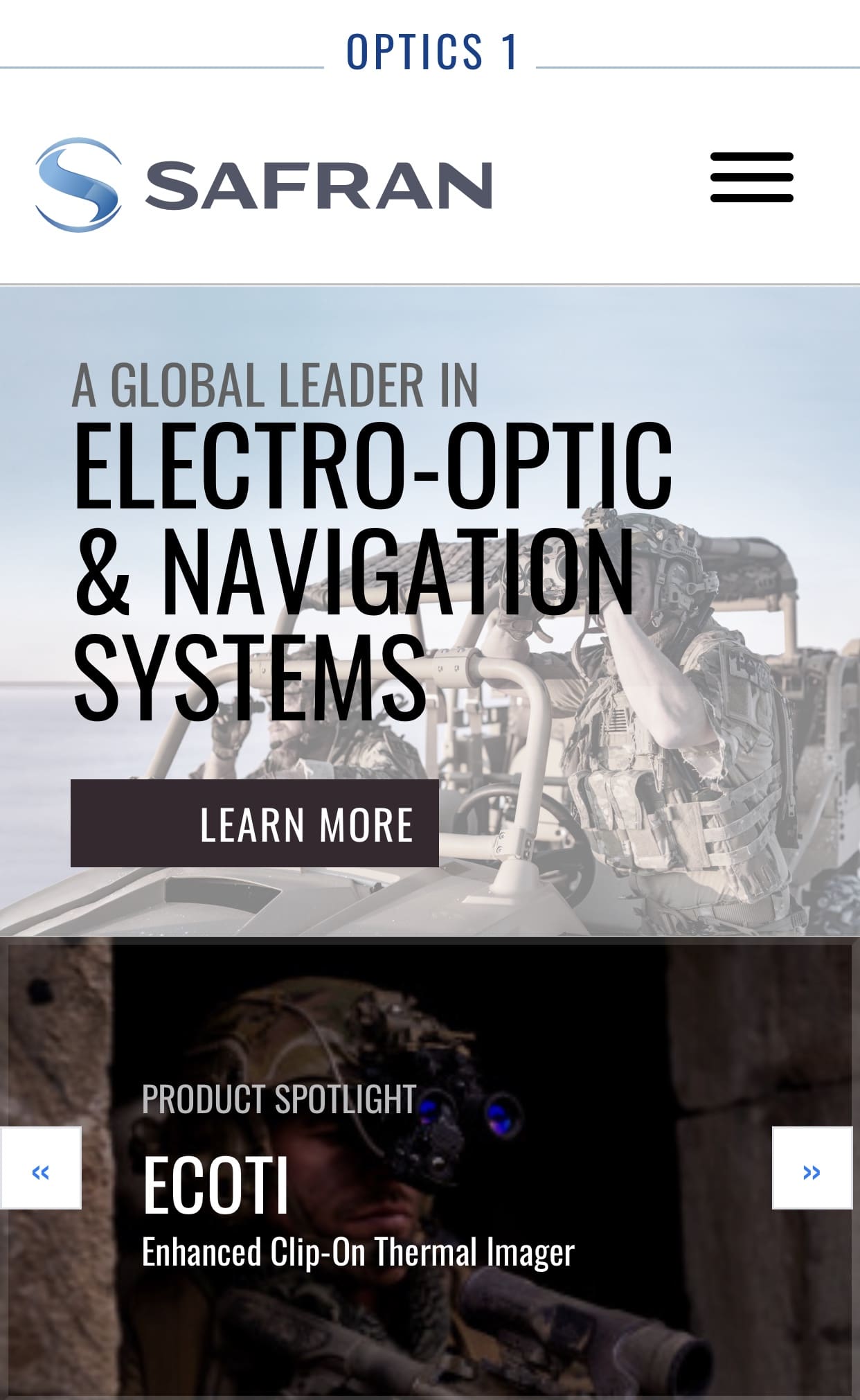
*New career page with featured roles and information about their missions, culture, benefits and geographical locations
*Streamlined product categorization so users can find a solution by means of capability or application as well as an easy way to determine if they know exactly what they are looking for.
*Customer satisfaction survey (in service & support)
*News & Event promotion
Check it out at www.optics1.com
Today we have another edition of the FirstSpear OEM Partner series taking a closer look at an all new company FirstSpear manufacturers private label equipment for.
Today we are getting the first look at HuntRedi and the debut of their Flush Redi Series – Deviate Upland Vest. Available for pre-order very soon, subscribe to mailing list on link below.
Why/How did HuntRedi begin?
During an annual South Dakota road trip to chase pheasants, we found ourselves frustrated with the lack of high-quality upland hunting gear providing extreme durability and high strength-to-weight ratio while also offering a level of configurability that would meet our personal preferences. The upland market simply seemed stuck in the past and after lengthy discussion with many “what if we could…” statements, the foundation for Hunt Redi was hatched and we were off to the races.
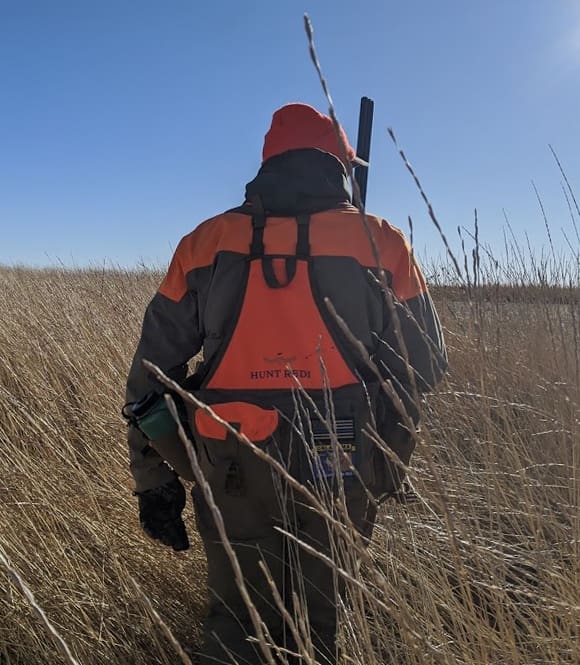
Why was the Hunt Redi Upland Series created?
As we discussed the various features we wanted in upland gear, it became apparent both of us had a lot of personal preferences that would not be easy to achieve without a high level of configurability. After noteworthy market research, we realized it was a common complaint with one reviewer loving gear with Velcro closure, another reviewer was frustrated because they didn’t like Velcro and preferred buckles, etc. So, we set out to find a platform that would provide an extremely solid foundation yet also meet our high configurability requirement.?
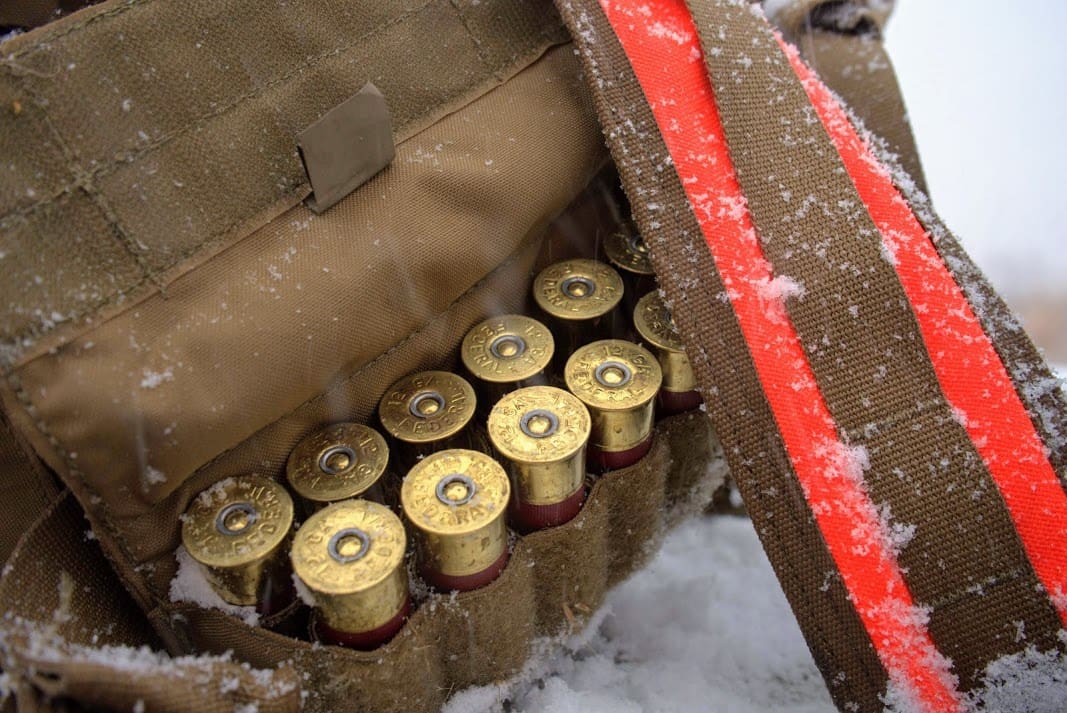
There are options for private label manufacturing all around the world, how did you find us and why did you ultimately choose FirstSpear OEM manufacturing?
Our first requirement was Made in the USA so that ruled out any offshore options. Upland bird hunting is an endeavor that exposes gear to extreme conditions and harsh cover throughout all regions of the United States, not to mention across the globe. As a result, we were really focused on extreme durability that would hold up to aspen thickets in the Northwoods, plantations in the South, hardwoods throughout the Midwest, Texas / Oklahoma brush, deserts of the Southwest, and chukar hills of the northwest. Upland hunting is also a sport of constant pursuit unlike many other types of hunting so weight reduction for long days in the field was critical. When you combine our functional and strategic requirements, FirstSpear seemed like a perfect fit.
We made contact with the OEM group after being referred by someone that previously worked with FirstSpear. The “small business” personalities we were met with from the start combined with the innovative technologies being leveraged to make gear for battlefields all over the world were a tremendous fit for what were trying to accomplish at Hunt Redi. We’ve not looked back and are extremely excited to bring the tip of the spear to the hunting industry!
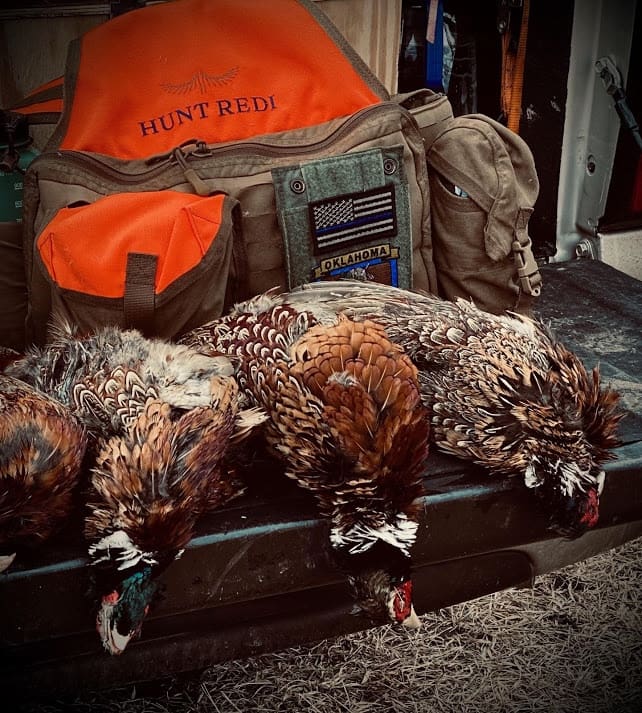
Why was Made in the USA important to the brand?
It was simply never a question for both of us, we were unwavering in our commitment in US made products from the start. Putting aside that we simply wanted to support US companies / workers for a moment, we’ve both had long term careers in the tech industry and we believe success boils down to building long term partnerships, focusing on quality, and providing products we are proud to use. We believe focusing on USA made gear provides us with the best opportunity to achieve our personal goals.
Any new products on the horizon between HuntRedi and FirstSpear?
100%…a good college buddy of ours used to always say, “the man with the most tools wins”…we’re just getting started. In fact, we’ve got a few items already in the works with the FirstSpear team and more on the short list. We’ll see you all in the field.
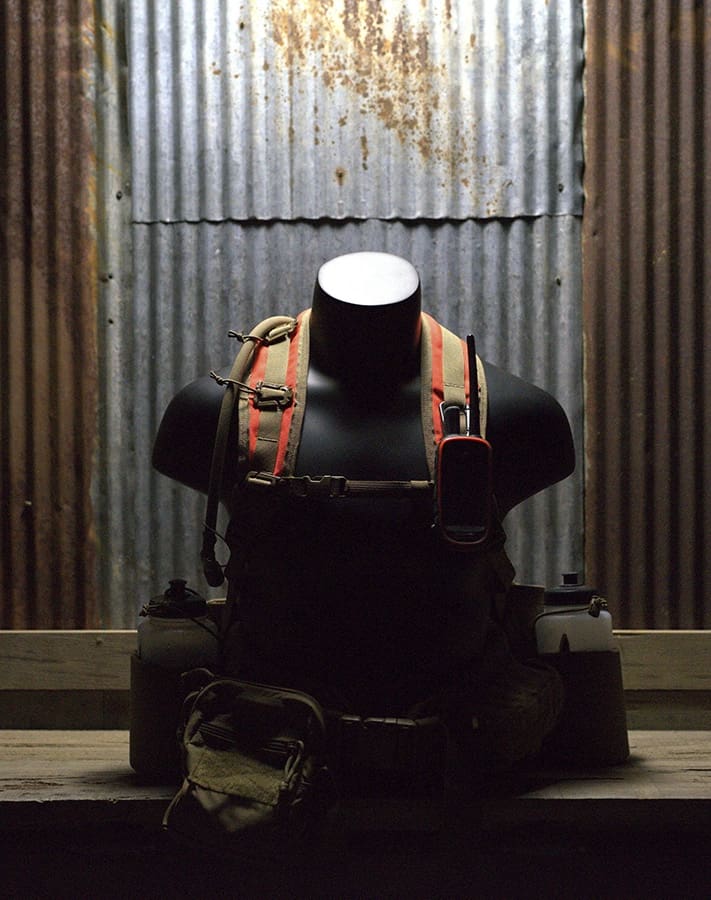
Deviate Upland Vest Specs:
Weight: 1lb 10.3 ounces + 10.8 ounces (regular belt) / 11.6 ounces (large belt)
NOTE: additional accessories will adjust weight based on selections
Size:
Regular Belt
34” L x 4.5” H x ¾” D
Large Belt
37” L x 4.5” H x ¾” D
Color: Blaze Orange / Coyote
Hunter Orange Exposure: 225.5 square inches
Closure: Side Release Buckle
FirstSpear® 6/12™ Laser Fused Modular Platform Technology attachment system
FirstSpear® 6/12™ Laser Fused Pocket Technology
FirstSpear® 6/9™ Modular Pocket Technology
Backward compatible with standard MOLLE/PALS
Up to 50% reduction in weight & significantly less bulk
Hill People Gear inspired yoke harness
Material: 500 denier Cordura
Designed, Sourced, and Handcrafted in the USA by FirstSpear®
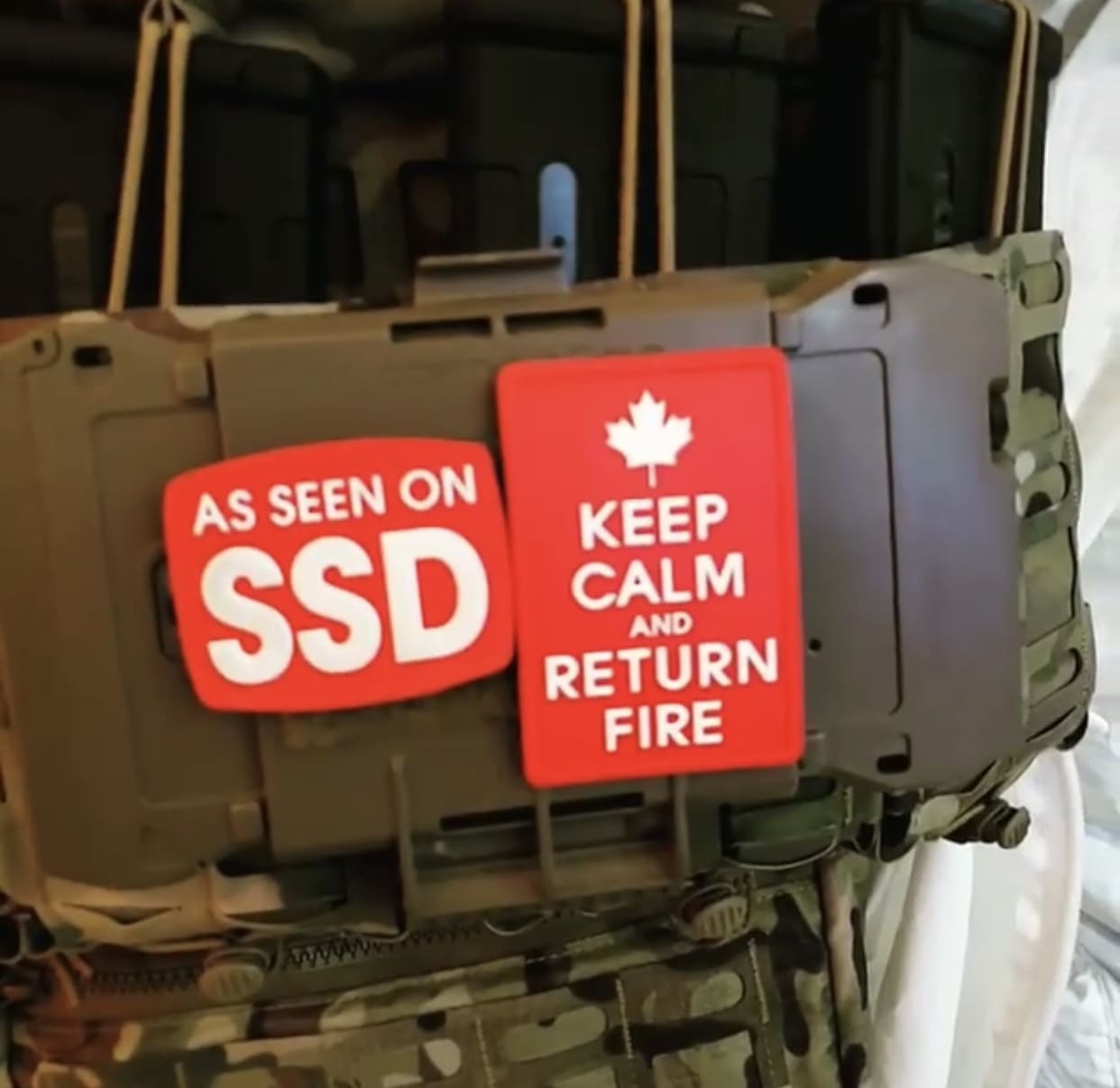
Millbrook Tactical on the case.